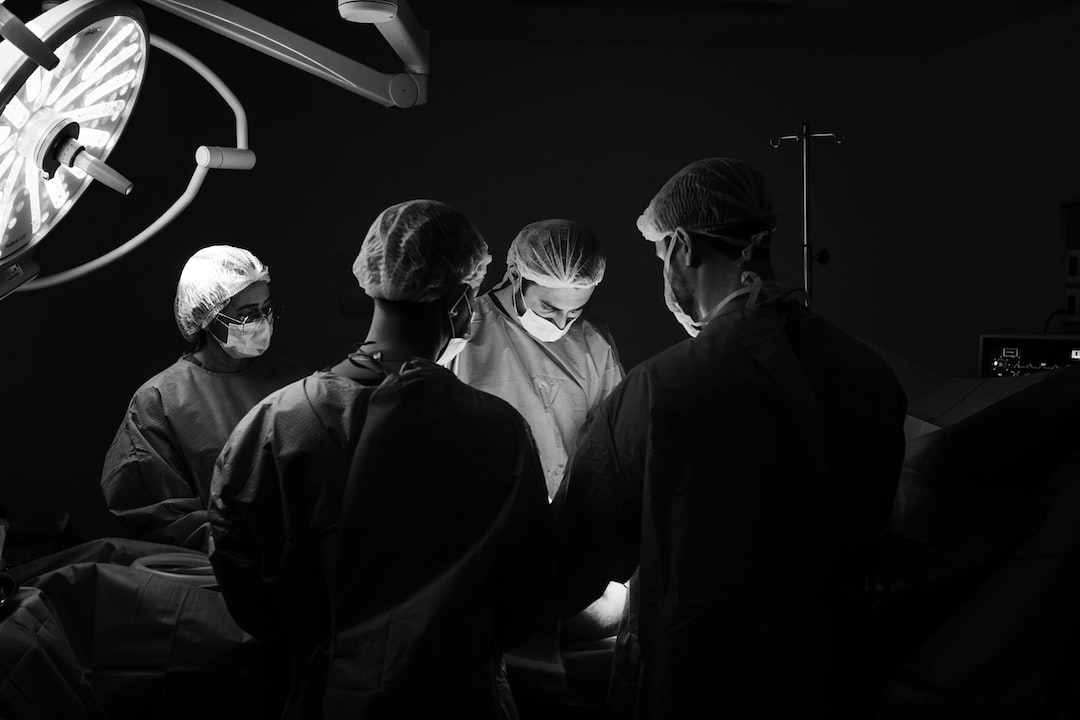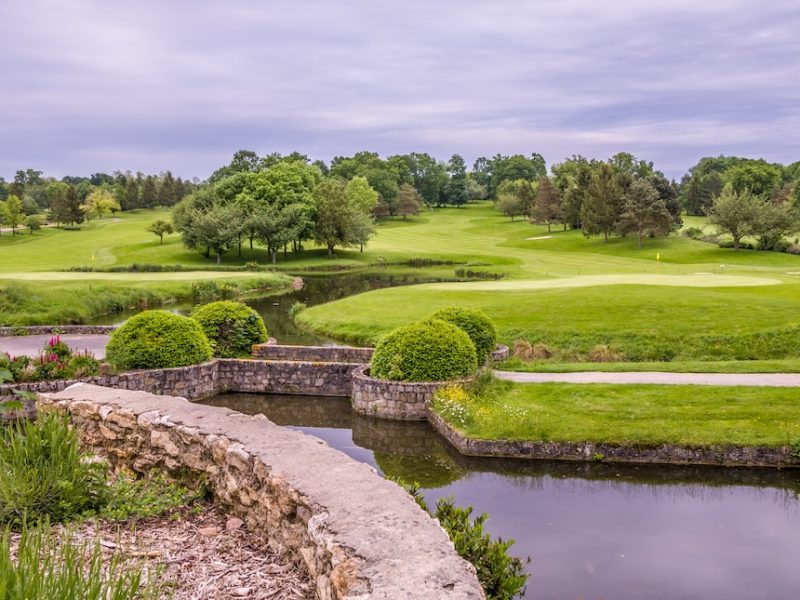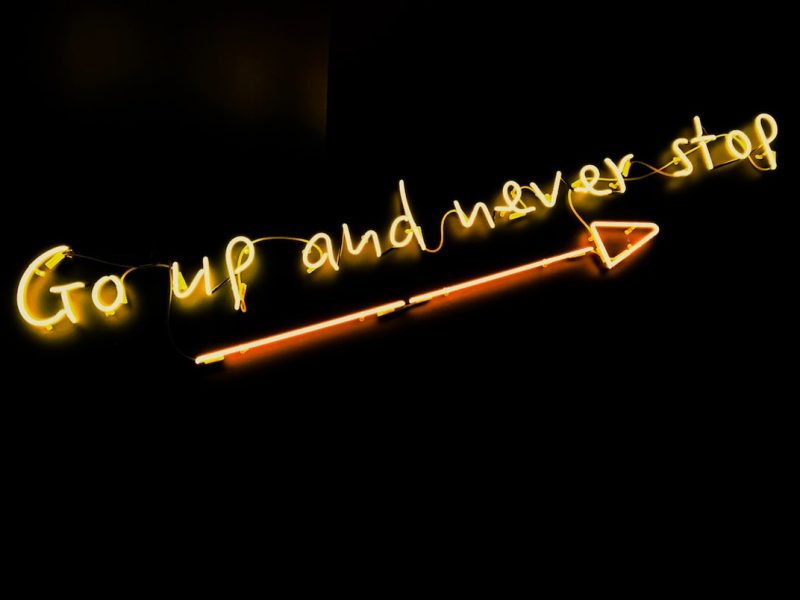Overview
Introduction to Rotator Cuff Surgery
Rotator cuff surgery is a common procedure performed to repair damaged or torn tendons in the shoulder. It is often necessary due to injury or wear and tear from repetitive activities. The surgery involves reattaching the tendon to the bone and may require a period of immobilization and rehabilitation. Physical therapy is an essential component of the recovery process, as it helps restore strength and mobility to the shoulder. It is important to follow the recommended recovery timeline and engage in gradual return to physical activity to ensure proper healing. By working closely with your surgeon and undergoing exercises to strengthen the shoulder, you can prepare yourself for a safe return to activities such as golf.
Recovery Timeline
After rotator cuff surgery, the recovery timeline can vary depending on the individual and the extent of the injury. Generally, it takes about three to six months to fully recover and regain strength in the shoulder. During this time, it is important to follow the rehabilitation program prescribed by your surgeon and engage in physical therapy sessions. Gradual progression is key to avoid re-injury and ensure a successful recovery. It is also crucial to listen to your body and not rush the process. By following the recommended timeline and exercises, you will be able to gradually return to your normal activities, including playing golf.
Importance of Physical Therapy
Physical therapy plays a crucial role in the recovery process after rotator cuff surgery. It helps to improve shoulder strength, flexibility, and range of motion. Regular sessions with a physical therapist can aid in reducing pain and inflammation, preventing muscle atrophy, and promoting overall healing. The therapist will guide you through various exercises and techniques that target the specific muscles and movements involved in golf. They will also provide valuable tips on proper body mechanics and posture to prevent further injury. Adhering to the prescribed physical therapy regimen is essential for a successful and safe return to playing golf.
Preparing for Golf
Consulting with your Surgeon
Before returning to golf after rotator cuff surgery, it is important to consult with your surgeon. They will be able to assess your progress and provide guidance on when it is safe to resume physical activities. Your surgeon may also recommend golf cart modifications to reduce strain on your shoulder while on the course. Following their advice will help ensure a smooth and successful recovery.
Gradual Return to Physical Activity
After rotator cuff surgery, it is important to gradually return to physical activity, including golf. Rushing back into intense physical activity can increase the risk of re-injury and delay the healing process. Terrific Golf requires patience and caution. Start with light exercises and stretches to warm up the shoulder muscles. Slowly increase the intensity and duration of your golf practice over time. It is advisable to consult with your surgeon or physical therapist to ensure you are progressing at a safe pace. Remember to listen to your body and take breaks when needed. By gradually increasing your physical activity, you can enjoy the game of golf while promoting a healthy recovery.
Exercises to Strengthen the Shoulder
After rotator cuff surgery, it is important to gradually strengthen the shoulder to regain full range of motion and prevent further injury. Physical therapy exercises play a crucial role in this process. Some recommended exercises include:
-
Shoulder External Rotation: This exercise helps strengthen the rotator cuff muscles. Start by holding a resistance band with your elbow bent at a 90-degree angle. Slowly rotate your arm outwards, keeping your elbow close to your body. Repeat for 10-15 repetitions.
-
Scapular Retraction: This exercise targets the muscles that stabilize the shoulder blade. Stand with your arms at your sides and squeeze your shoulder blades together. Hold for 5 seconds and repeat 10-15 times.
-
Shoulder Flexion: This exercise helps improve shoulder strength and flexibility. Stand or sit upright and raise your arm forward and upward, keeping it straight. Repeat for 10-15 repetitions.
By performing these exercises regularly, you can strengthen your shoulder and prepare it for the demands of playing golf again.
Playing Golf with Caution
Modifying your Swing
When returning to golf after rotator cuff surgery, it is important to make modifications to your swing to protect your healing shoulder. Behind the Scenes, this means making adjustments to your grip, stance, and follow-through. It is essential to work with a golf instructor or physical therapist who can guide you on the proper technique. Additionally, using a lighter club or a modified swing can help reduce strain on your shoulder. By making these modifications, you can continue to enjoy the game of golf while allowing your shoulder to heal.
Using Supportive Equipment
When playing golf after rotator cuff surgery, it is important to use supportive equipment to protect your shoulder and prevent further injury. One such equipment is the golf cart. The golf cart can help reduce the strain on your shoulder by carrying your clubs and allowing you to move around the course without exerting too much effort. Before returning to the golf course, it is recommended to undergo a Golf Cart Test to ensure that you can comfortably operate the cart without putting excessive stress on your shoulder. This test involves maneuvering the cart and performing various tasks to assess your shoulder’s strength and mobility. By using supportive equipment like the golf cart and undergoing the Golf Cart Test, you can continue to enjoy playing golf while minimizing the risk of re-injury.
Avoiding Overexertion
After rotator cuff surgery, it is crucial to avoid overexertion and pushing your limits too soon. Rest and recovery are essential for the healing process. Overexertion can lead to further damage and delay your progress. It is important to listen to your body and pace yourself accordingly. Golfing benefits can be enjoyed, but it is important to take it slow and gradually increase the intensity of your game. By following these guidelines, you can ensure a safe and successful return to the golf course.
Conclusion
Enjoying Golf Again
After three months of recovery and following the proper rehabilitation program, golfers who have undergone rotator cuff surgery can start enjoying the sport again. It is important to take precautions and listen to your body to avoid any setbacks. Gradually increasing the intensity and duration of your golf sessions is key to a successful return. Additionally, using supportive equipment such as shoulder braces or straps can provide extra stability and prevent further injury. Remember to warm up before each round and stretch your shoulder muscles to minimize the risk of strain. By taking these precautions and maintaining proper shoulder health, golfers can get back on the course and continue pursuing their passion for the game.
Maintaining Shoulder Health
After undergoing rotator cuff surgery, it is crucial to take steps to maintain the health of your shoulder. This includes following a regular exercise routine that focuses on strengthening the shoulder muscles and improving flexibility. Additionally, it is important to avoid activities that put excessive strain on the shoulder, such as heavy lifting or repetitive overhead movements. Proper posture and body mechanics should be practiced during daily activities to minimize stress on the shoulder joint. Regular visits to a physical therapist can also help in monitoring your progress and identifying any potential issues. By taking these steps, you can ensure that your shoulder remains strong and healthy, allowing you to continue enjoying the game of golf without any complications.
Inspiring Others to Overcome Injury
After going through the challenging process of rotator cuff surgery and recovery, playing golf again can be a significant milestone. Not only does it signify the successful healing of the shoulder, but it also serves as an inspiration to others who have experienced similar injuries. By returning to the golf course and enjoying the game once more, you can show others that with determination and proper rehabilitation, it is possible to overcome injury and return to the activities they love. Sharing your journey and experiences can motivate and encourage others to stay positive and persevere in their own recovery process.


